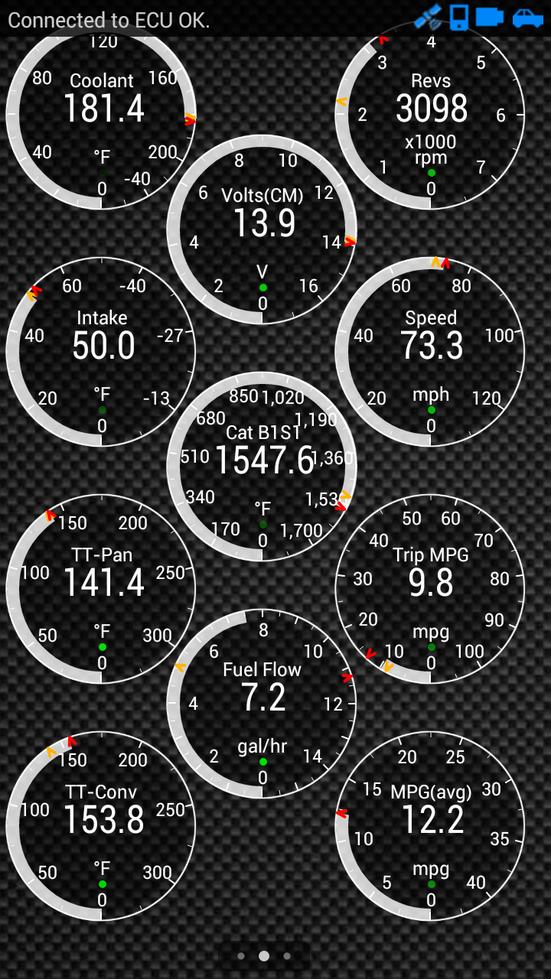
Search among more than 1.000.000 user manuals and view them online in.pdf.
Wheel Slide Protection Devices (WSPD) are employed in railway vehicles to maximize the average of the possible frictional braking force, which is a nonlinear function of the slip ratio of the wheel sets. In this paper, to control the WSPD, a low-order model is presented and un-modeled dynamics are considered as uncertainties. Due to the nonlinear dynamics of the system and presence of uncertainties, Adaptive Fuzzy Sliding-Mode Control (AFSMC) is employed to regulate the slip ratio towards the desired value. The proposed controller employs a Pulse Width Modulation (PWM) technique to generate the braking torque.
The second Lyapunov theorem is used to prove the closed-loop asymptotic stability. In the simulations, the switching dynamics of WSPD is considered and the multi-body dynamics method is used for modeling the longitudinal dynamics of ER24PC locomotive. The obtained results reveal that by using the AFSMC method, the slip ratios of wheel sets converge to the reference values.
Unlike the conventional method, in which the fluctuations of slip ratio diverge near the stopping time, simulation studies reveal that with the AFSMC method, the stopping time of the locomotive and the fluctuation amplitude of the slip ratios are reduced. Keywords: WSPD; ER24PC locomotive; wheel-set slip ratio; adaptive fuzzy sliding-mode control; AFSMC. 1 INTRODUCTION Wheel slide protection device of the trains is the main part of the braking system used to increase the opposite acceleration while cars stability and steer ability are not adversely affected. Thus, with this system, train will stop in shorter distance. Jeff buckley full discography torrent. In positive and negative acceleration of the train a horizontal force is produced related to the normal force of the surface, imposed by rail to the wheel set. This corresponding force is called rail friction force which changes with rail condition. In a certain condition of the rail surface, the friction force is a nonlinear function of the slip ratio of the wheel sets.
Therefore, a controller should be designed to set the desired value of the slip ratios. However, challenges in project implementation are as follows: 1-nonlinear dynamic behaviour of the train motion, 2- controlling the plant around an unstable set point and 3-sever variations of plant parameters due to changes in rail and cars. Previously, heuristic knowledge-based (;; ) and model-based methods ( ) have been employed to control the wheel slide protection device reported in literature.

In Cheok and Shiomi (2000), a fuzzy controller is presented for the WSPD. In this controller, the fuzzy rules are determined based on the performed experiments and the knowledge of relevant experts. To evaluate the performance of this controller, the empirical results were compared with the results obtained from a PID controller. By comparing the results for different climatic conditions, they found out that the stopping time and distance were considerably reduced by using the fuzzy controller. This controller has been employed by the Mitsubishi Company.